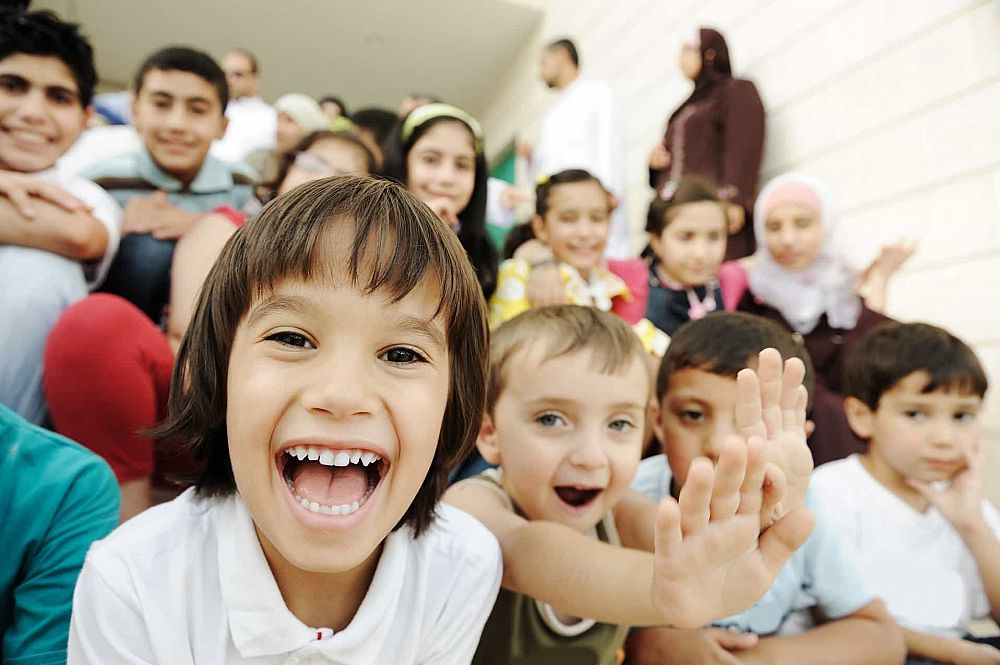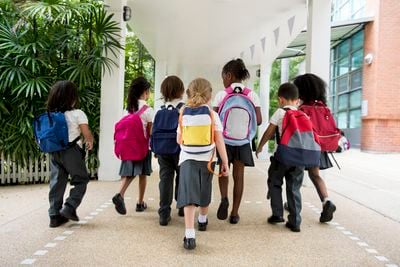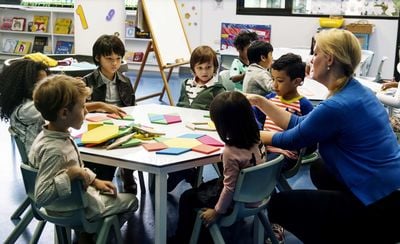My Experience of Child Development in the Classroom

My recent long journey through university had my interests caught on many subjects and topics. One which I finally decided to major in was that of educational psychology. The human brain, physical body, our intrinsic and extrinsic environments that everyone is conditioned by strikes my interest on this specific subject. Keeping with topic chosen I would like to share my interest, views and maybe slightly biased opinions on child development.
Table of Contents
The Basics of Child Development
Are you ready to teach English abroad?
This post was written by our TEFL certification graduate Neil S.
The Basics of Child Development
There are some basic concepts of child development that I have learned to date. Child development, both psychologically and physically is for me personally an extremely interesting area to learn from especially as a teacher, student of life and parent alike. One of the main reasons is that the information that you are exposed to never ceases to help you learn more about your own children's development. In the process you also acquire a better understanding of other children within your own social and working environment. From what I have benefited in this learning process are some of the main goals in learning more about all round child development. Some of the main points have been to learn how to describe the changes that typically occur in the developmental process within a child through the various ages. To be able to explain what causes these developmental changes and to learn how to predict certain behavior based on past and present characteristics.

Finally, a point of utmost importance, to help improve the well-being of the child's development and to contribute positive change if/when necessary. I have been fortunate enough to have been involved in teaching for ten years in various schools and I have witnessed the gradual development of students from year one through to year seven. I have been fortunate enough to have met up with some of these students in their more 'senior' years and have enjoyed a more 'advanced' conversation than when our company departed five years previously.
Also read: 6 Steps To Becoming a More Confident Teacher
The Six Stages of Development
Although the development of my students and my own children has been a continuous process, I have found it useful to be able to divide this witnessed development into stages. Using their unique characteristics and skills combined with learned research and knowledge gained has shown that most individuals develop significantly during each specific stage. I have been extremely privileged and honored to bear witness to six stages of development from prenatal, to neonatal, to infancy and to early childhood with my own children, and middle childhood to adolescence with my students.

Having been a physical education specialist for the first three years at my first teaching posts, I was able to bear witness to three years of physical development from boys and girls of the ages of six years to thirteen years. This facet of development that I saw entailed changes in the child's body such as weight and height. One other important aspect of the physical development of the children is/was motor development. I have also been able to bear witness to my own children's gradual physical development concerning body movement such as sitting, walking, and grasping.
Also read: Top 5 Skills Teachers Need To Set Their Students Up For Success
Just the Tip of the Iceberg
There are definitely many detailed factors that contribute to child development and as a whole I can confidently say that I have barely scraped the tip of the iceberg with what I have shared in this post. From expert research involving scholarly articles and case studies for both past and present, including multiple theories and ways of applying unique scenarios of child personality, and as mentioned earlier – personal intrinsic/extrinsic environment, will all ultimately influence the journey of a child to adolescent development.

If you are in the position to contribute positively without passing on any negative conditioning to a child's overall development, it is in my opinion an obligation as an educator, parent or anyone who is around children to help build on this honorable piece of living art.
Also read: 4 Easy Ways to Build Confidence and Persistence in Students
Are you ready to teach English abroad?
Apply now & get certified to teach english abroad!
Speak with an ITTT advisor today to put together your personal plan for teaching English abroad.
Send us an email or call us toll-free at 1-800-490-0531 to speak with an ITTT advisor today.
Related Articles:
- Online or In-Class - Which TEFL Course Should You Take?
- The Truth About TEFL for Non-Native English Speaking Teachers
- How to Save Money While Teaching English Abroad?
- Two Traveling Teachers Share What It's Like Teaching English Abroad as a Couple
- The 12 Most Affordable Countries For Teaching English Abroad
- The Best Countries to Teach ESL When You're 50+



